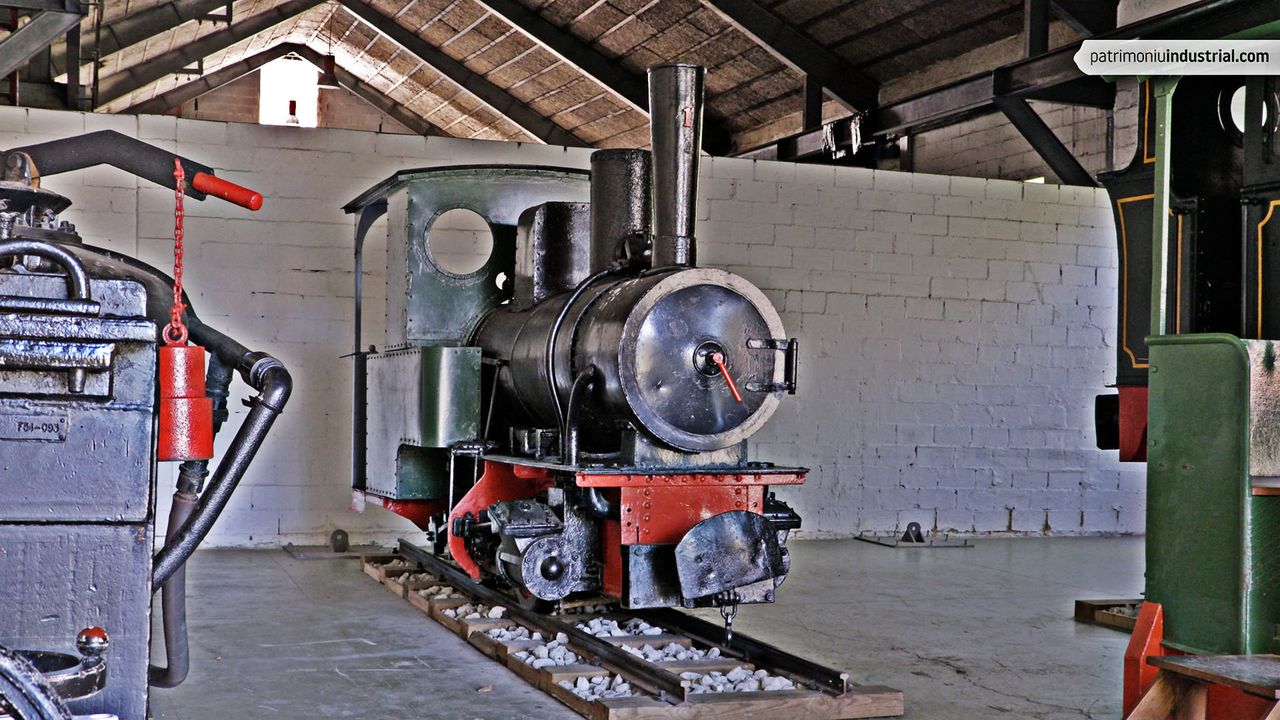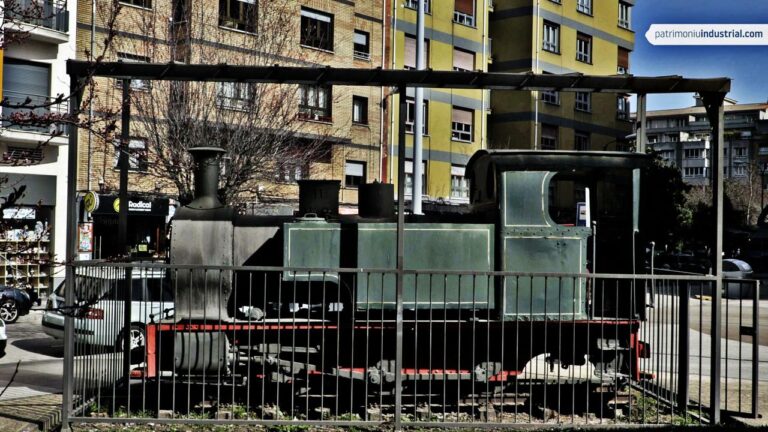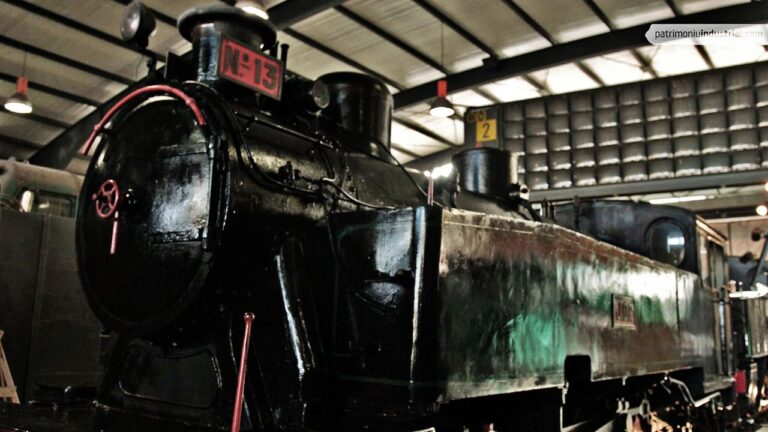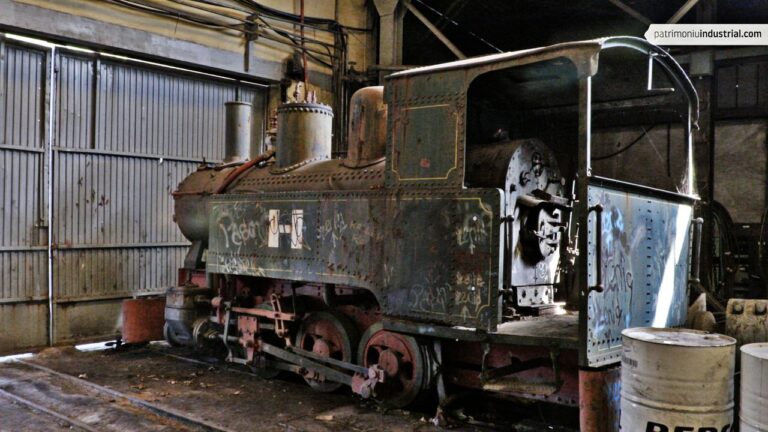Transport
The Minas de La Encarnada railroad was put into service in 1897 as a continuation of the pre-existing line from Carrocera to Etelvina, owned by Duro y Compañía. With the start-up of the La Encarnada mining developments, its owner reached an agreement with Duro for the joint exploitation of the lower part of the line and its extension to the north. In addition, the Carrocera loading dock would be used jointly to transfer the ore to the Langreo Railway. These were unusual conditions for the Asturian industrial railroads.
To tow its trains, La Encarnada acquired an engine from the German company Krauss. Due to its good results, a second identical example was put into operation in 1909, twelve years later. It received the number 2 and the name Guillermo Sala, in memory of the mining engineer who had participated in the start-up of the operation.
It belonged to a very common model within the manufacturer's catalogue, with two coupled axles, external cylinders and a tank on the frame. It was always painted green and kept in an excellent state of conservation by the staff. This also happened with the other machines of the company. Its services consisted essentially in towing coal trains to Carrocera.
In 1970, Minas de La Encarnada was integrated into HUNOSA and closed soon after. The state-owned company decided to transfer the Guillermo Sala to the Carbones de La Nueva railway, which shared its 650-millimetre gauge and had an identical locomotive (the Juanco), while the La Nueva diesel engines were used elsewhere. Thus, the engine lived the last stage of its useful life in the Samuño valley, towing coal trains between Puente Humero and the Camellera coal washing plant until this line was dismantled in the mid-1970s.
From that moment on, it was kept as a monument in the San Luis Mine. A few years ago, it was restored again to be incorporated into the exhibition of the Mining Ecomuseum and was placed inside one of the mine shaft's warehouses. There, it can be contemplated today as a testimony of the mining transport outside and a representative of a classic type of locomotive within the Asturian industrial lines.
PHOTO GALLERY






Recent Comments